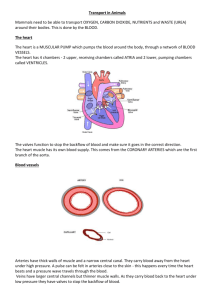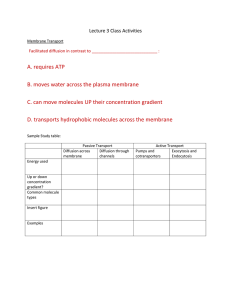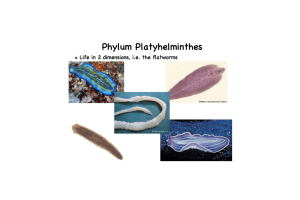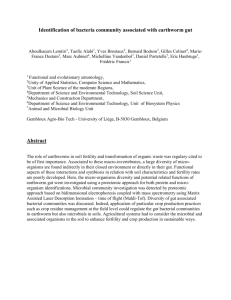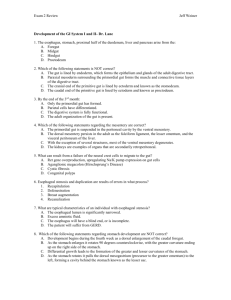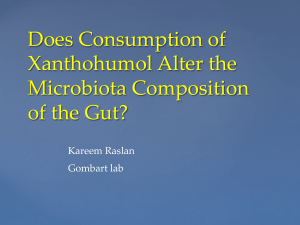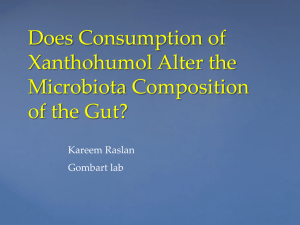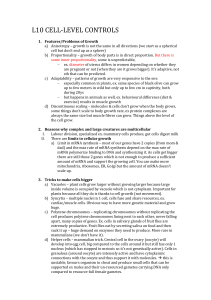Discussion questions
advertisement
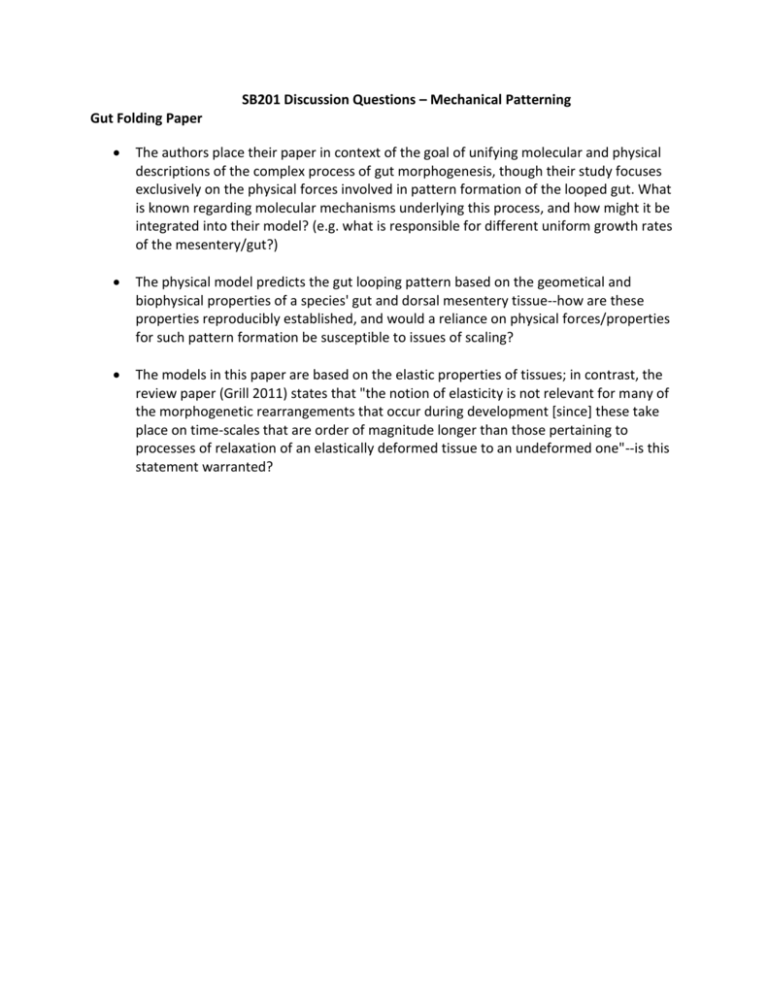
SB201 Discussion Questions – Mechanical Patterning Gut Folding Paper The authors place their paper in context of the goal of unifying molecular and physical descriptions of the complex process of gut morphogenesis, though their study focuses exclusively on the physical forces involved in pattern formation of the looped gut. What is known regarding molecular mechanisms underlying this process, and how might it be integrated into their model? (e.g. what is responsible for different uniform growth rates of the mesentery/gut?) The physical model predicts the gut looping pattern based on the geometical and biophysical properties of a species' gut and dorsal mesentery tissue--how are these properties reproducibly established, and would a reliance on physical forces/properties for such pattern formation be susceptible to issues of scaling? The models in this paper are based on the elastic properties of tissues; in contrast, the review paper (Grill 2011) states that "the notion of elasticity is not relevant for many of the morphogenetic rearrangements that occur during development [since] these take place on time-scales that are order of magnitude longer than those pertaining to processes of relaxation of an elastically deformed tissue to an undeformed one"--is this statement warranted? SB201 Discussion Questions – Mechanical Patterning Villification Paper In what ways does the endoderm being so much stiffer than the mesenchyme affect development? Is it necessary for it to buckle to form villi? Are there other developmental processes where we would also see this stepwise mechanical differentiation? What might determine the necessary number of steps for these types of differentiations? What would make us expect to see two or four step mechanical processes in other structures? Figure 1 is presented like it’s novel information, but it seems so basic. Had this really not been studied before, and why? (when I looked, I just kept finding links to this same paper) Of the several animal models discussed, does human villi formation most closely resemble mice (or is that known?)? Are villi more advantageous than the zigzags seen in Xenopus/snakes? Are there naturally occurring conditions in which villi formation is disrupted (i.e. muscle diseases)? What are the effects (and do they tell us anything more about the mechanism?)? Does this mechanical forces mechanism apply to the patterning of other tissues? Although SHH is showed to affect muscle formation, is there any genetic regulation involved in vilification? What is the mechanism for the uneven distribution of stem cell and uniform growth after zigzag formation?
